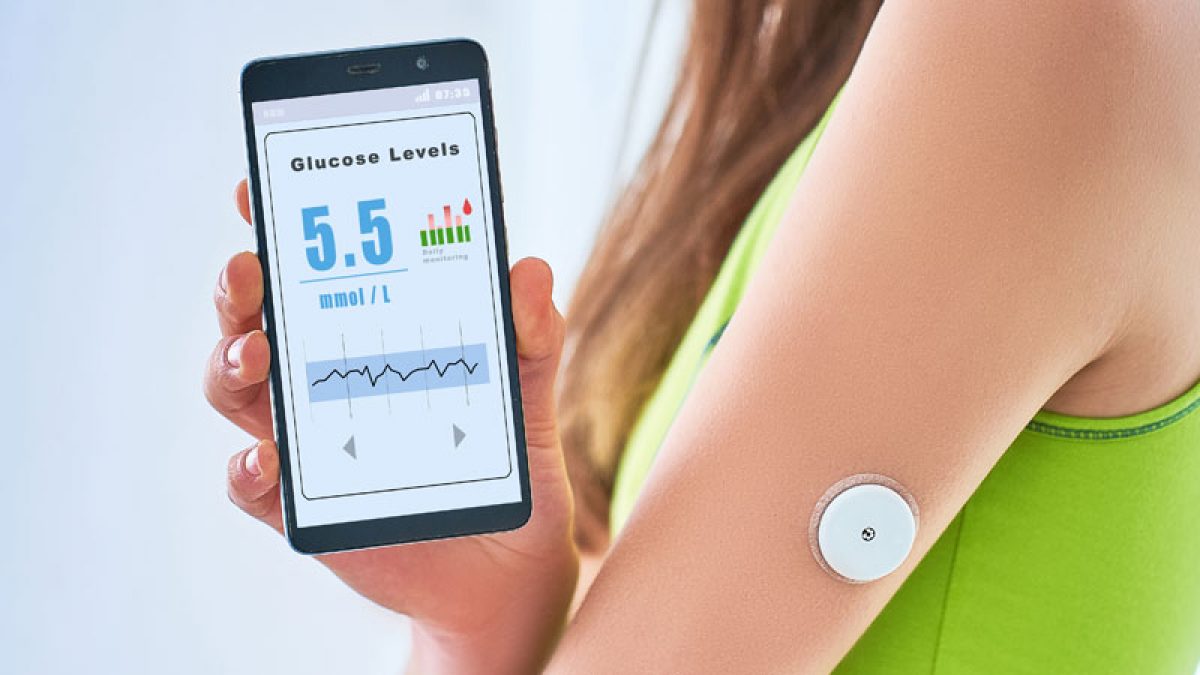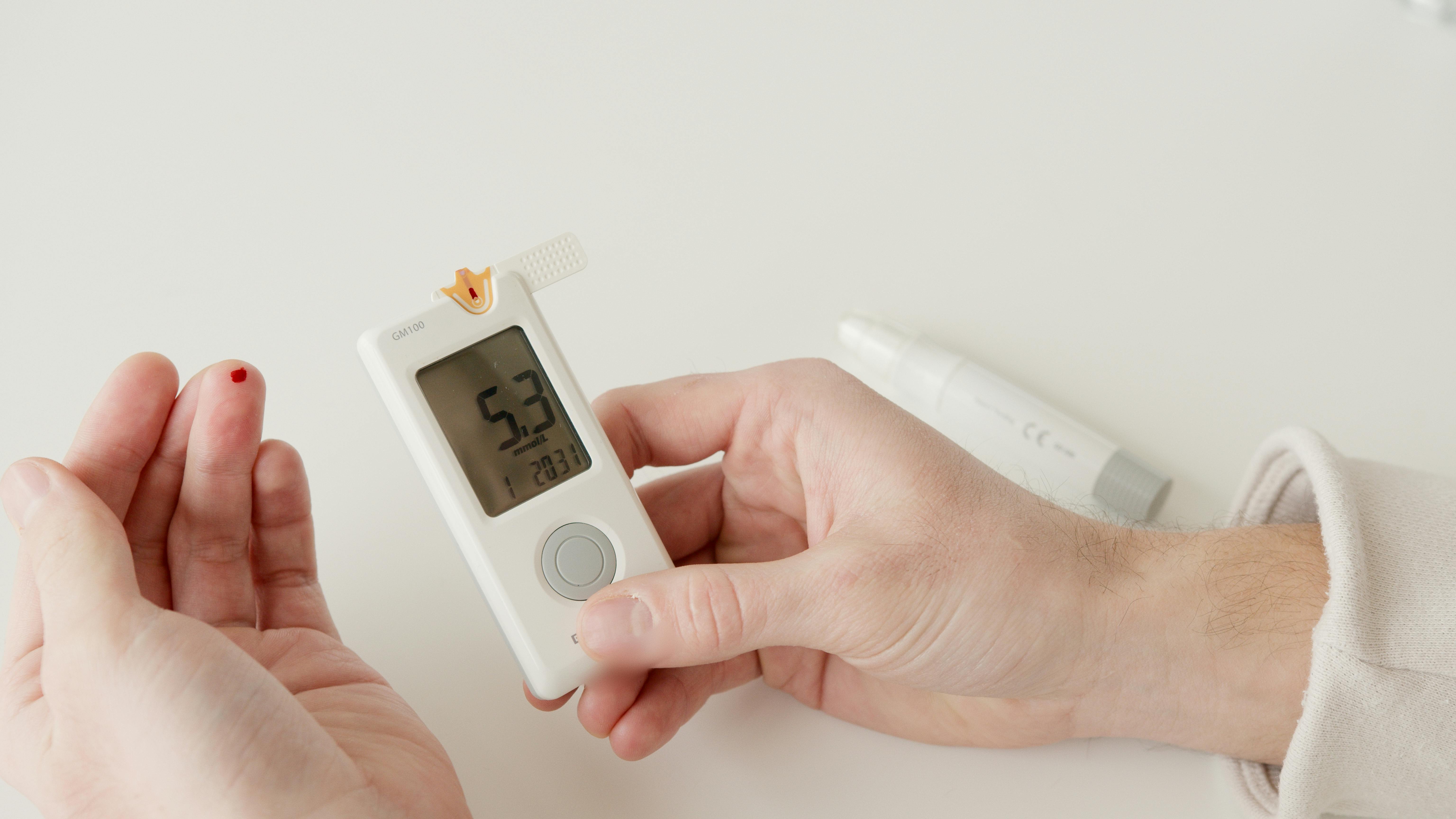Despite the clinical importance of TIR, many patients remain completely
unaware of this metric and its significance. Healthcare providers report
that limited patient education about TIR is a significant barrier to
implementation. This knowledge gap is particularly pronounced among
patients receiving care from primary care providers compared to those
seeing endocrinologists.
The information gap isn't just about knowing the number exists - it's
about understanding what TIR means for daily life. Patients need to
understand how their food choices, exercise patterns, medication timing,
and stress levels all affect their TIR. Without this understanding, CGM
data becomes just another set of numbers instead of actionable
information.
Successful TIR implementation requires comprehensive patient education
that explains the concept, targets, and practical implications of TIR
data. Educational programs should help patients understand how their
daily choices affect their TIR and provide practical strategies for
improvement. The visual nature of CGM data, including the ambulatory
glucose profile, makes TIR concepts more accessible to patients than
traditional diabetes metrics.
Research shows that patients who understand their TIR data are more
engaged in self-management activities and achieve better outcomes.
Educational interventions that combine TIR monitoring with lifestyle
coaching have demonstrated significant improvements in glycemic control
and patient satisfaction. One study found that patients who received
TIR-focused education showed 15% greater improvement in TIR compared to
those who received standard diabetes education.
The key is making TIR education practical and actionable. Instead of
just showing patients their TIR percentage, healthcare providers need to
help them understand what specific behaviors lead to better TIR. This
might include timing of meals, types of foods, exercise patterns, or
medication adjustments. When patients can connect their actions to their
TIR improvements, they become much more motivated to make positive
changes.
Digital tools and apps are becoming increasingly important for TIR
education. These platforms can provide personalized insights, track
progress over time, and offer suggestions for improvement. Some apps
even gamify the TIR improvement process, making it more engaging for
patients who might otherwise feel overwhelmed by the data.

